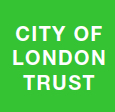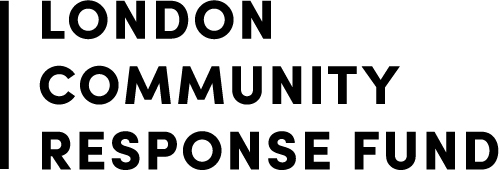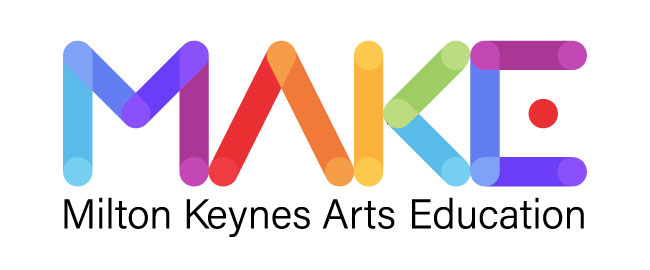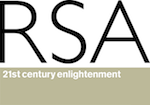How do the performing arts help language development in EAL children?
|
A few years ago, I had the privilege of working with a truly inspirational secondary school teacher who taught a class with a variety of learning needs. In this mix, was a shy young boy from Morocco who was struggling with English, both reading and comprehension. In order to make the curriculum accessible, she found inventive ways of using the performing arts in her lessons. Battles in history were broken down into segments and small groups would perform each part. Children were crowned kings and queens, key words and terms were acted out or given a movement and I saw the class really come alive. Over the course of the year, I watched this shy Moroccan boy come out of his shell, integrate into the class and learn along with the other children.
This example of how the performing arts can help EAL children has stayed with me ever since and is something I look back on every now and then when I need a bit of inspiration. Walking into class each academic year, we see more and more children who have English as an Additional Language (EAL). For those of us who work with these children, we are faced with the daily challenge of finding ways to help them not only learn and understand English but to also enable them integrate and become a part of school life. As a dance specialist who has been working in education for a number of years, I find that the inclusion of the Performing Arts when teaching the core curriculum is a fantastic way of supporting language development and engagement with EAL learners. It can take a little more planning, but the reward of seeing them increasingly progress makes it worthwhile.
When teaching, I have found that using chants or rhymes are a great way to help children with their language acquisition. Children tend to pick up rhythms fairly easily. Saying, for example, names, colours, greetings and numbers with a rhythm can help those in KS1 or Foundation stage to pick up these words. (http://www.irespect.net/CIRCLE/EMAS/curriculum-differentiation/Music.htm). The use of sounds and chants can also help children literally get their tongues round words. I have found that they begin to imitate the sounds of the words and in time, begin to say the word. With some of my younger groups, I do a simple ‘Hello’ song with waving actions. I initially include ‘hello’ from the different languages in the room to the same tune and have noticed over the weeks how they have not only picked up the words of the song but also the fact that we are saying ‘hello’. Having flash cards or pictures with numbers and doing counting songs like “Ten Green Bottles…’ is a good way to support their learning of numbers.
Adding a movement can also help EAL learners progress faster in the classroom. When running the Artis Film programme, the classes came up with a series of movements to represent the set etiquette (Camera! Action! etc.). I asked the classes to come up with different actions for each word in the sequence. After practicing them in order, the children now know how to respond to them, call-and-response style, in movement if I do one of the actions. Some topics lend themselves well to movement. For example, for the topic ‘Planting and Growing’, I recently did an activity where we looked at pictures of how plants grow and went over the key words (seed, water, soil etc.). The class then made the shapes or did the movements for each key word before becoming the seed which grew out into a plant. Extending this into pair-work added another dimension as half the class went about making the movements of planting the seeds, watering them and making the sun before the other half ‘grew’ into plants. A similar exercise could be done for the topic of ‘The Water Cycle’ or ‘Electricity’ where the movement or action for a key word is created before putting the children in groups to make the whole cycle. The use of cue cards to incorporate words like ‘first, ‘then’, ‘after that’ and ‘ends with’ as an extension task can then show how things progress.
At the start of this blog, I mentioned how the secondary school teacher I worked with would sometimes add role-play or drama to her lessons, and history is a great subject for this as it really brings the topics to life. In the Greek Myths, for example, one could show the class a picture of the minotaur, say the word ‘minotaur’ before moving around the space like one, or asking one of the children to demonstrate. The children could then take on the role of Theseus and move around like a warrior. Dividing the class into two groups and acting out a scene from a battle can also be engaging. Adding in the words like ‘sword’, ‘warrior’, ‘battle’ or the names of the groups at war on cue cards can help the EAL children grasp some of the important words/concepts of the topic. An extension task could be to discuss in pairs ‘what happened next?’ with cue cards for ‘first’, ‘then’, ‘after that’, ‘in the end’. This way, they can slowly start to build up a vocabulary and begin to understand the nuances of a dialogue in English.
I have noticed over the last 12 weeks or so that some of the EAL children in my Artis sessions are beginning to join in more, be it trying to say the words of a song, take a more active part in a drama scene or make an effort to comment on other students’ work. Observing this on a daily basis is not only heart-warming but also makes me even more convinced that the arts can support a child with their language development.
As for the Moroccan boy I mentioned earlier, by the end of the year, he read out and enacted a scene with his group without any support from me or the teacher.
Written by Tarika Hidayatullah (Wiggle), Artis Mentor |
07 Jan 2014 |















